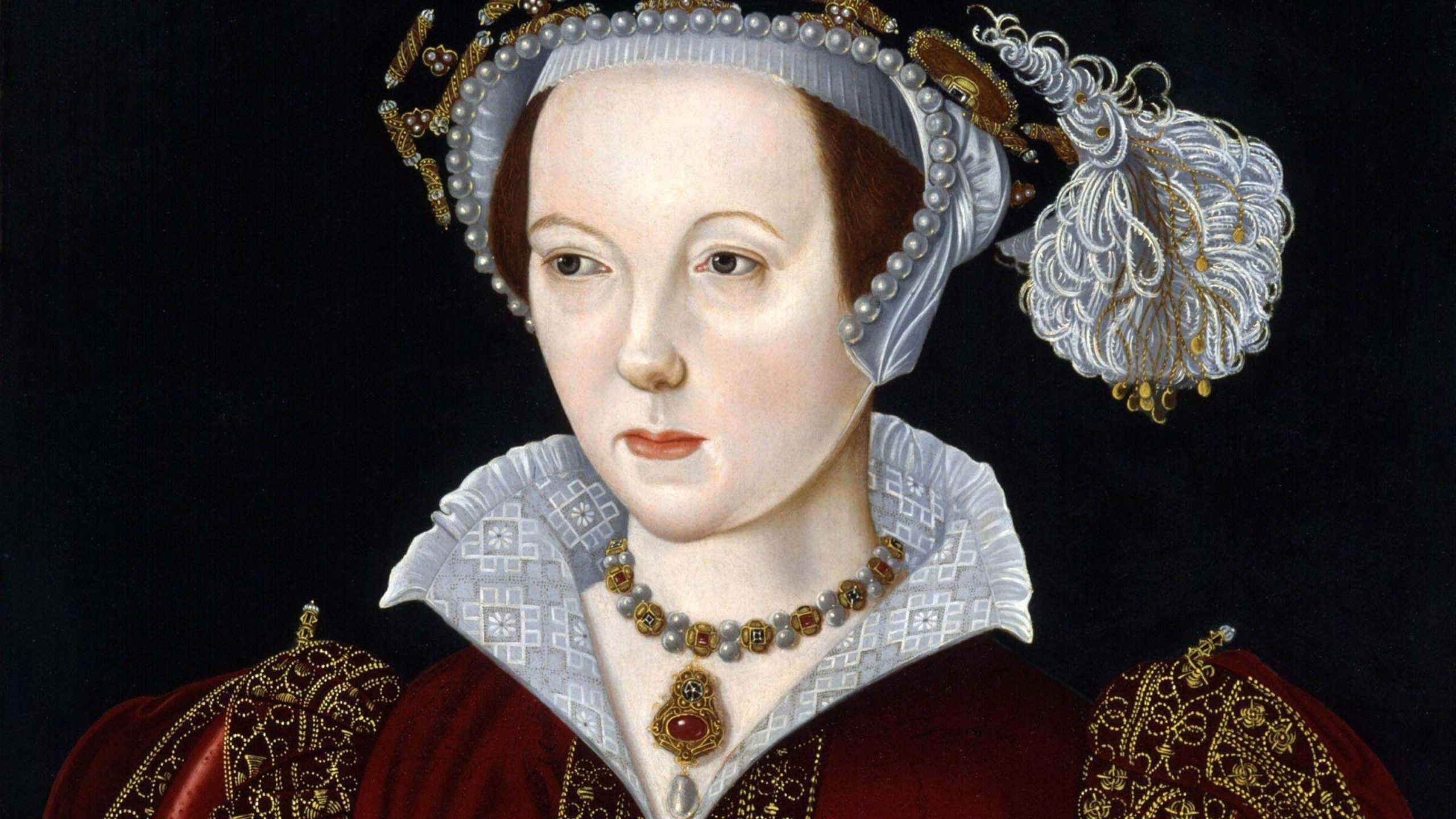On a scorching summer day in 1543, a surprising event unfolded: a youthful widow tied the knot with an aging and serially married king, catching many off guard.
Katherine Parr uttered her vows to Henry VIII in the Queen’s Closet at Hampton Court Palace on July 12th, 1543, amidst widespread skepticism about the king’s marital track record and his turbulent relationship history. Some argue that Katherine Parr had little choice but to marry the king, given his oppressive rule during the latter part of his reign.
However, I believe this notion misses the mark. Katherine’s tenure as queen showcased her ambition, capability, and revolutionary spirit, placing her on par with the man she married. Thus, Katherine Parr emerges as Henry VIII’s most accomplished queen.
Catherine Parr – The Woman Who Outlived Henry (Credits: Ancient Origins)
Surviving alone doesn’t suffice as a testament to her prowess, although outliving Henry was no small feat. He had two of his wives executed, another died post-childbirth, and a fourth suffered through illness due to his whims.
Katherine Parr narrowly escaped Henry’s wrath; she managed to talk her way out of danger and finally outlived him. This merely scratches the surface of her influence as the sixth wife.
Remarkably, Henry entrusted her with governing the kingdom during his absence on a campaign to France, a responsibility rarely bestowed upon his wives. Not even the influential Anne Boleyn had such authority. By the time Katherine served as regent in 1544, she had honed her political acumen and networking skills.
Born to Sir Thomas Parr and Maud Green, Katherine had to navigate court politics from a modest background. Widowed twice before marrying Henry, she leveraged her connections to secure a place in the household of Henry’s daughter, Mary, before capturing the king’s attention and ascending to the throne—a testament to her own efforts.
For centuries, historians depicted Henry’s sixth queen as unremarkable, focusing on her role as his caretaker. However, Katherine embraced her role as queen and stepmother, reintegrating Henry’s daughters, Mary and Elizabeth, into the royal fold and nurturing their education. She was a scholar in her own right, becoming the first woman in England to publish a book under her name in English—a testament to her intellect and cultural influence.
Catherine Parr, Sixth Wife of Henry VIII (Credits: ThoughtCo)
Yet, her religious fervor nearly led to her downfall, as adversaries like Stephen Gardiner sought to exploit Henry’s waning patience with her Protestant leanings. Katherine’s clever defense saved her from arrest, showcasing her political savvy and resilience.
Her marriage to Henry lasted three and a half years, making it his second longest. Upon his death, he granted her the perpetual title and dignity of a Queen of England, along with significant wealth and landholdings. From obscure origins, Katherine emerged as the most powerful woman in England.
Tragically, her reign was short-lived. She remarried and died shortly after childbirth, relegating her to a footnote in history books. However, her legacy as a religious reformer, humanist, and political player endures, captivating scholars and enthusiasts alike. Katherine Parr’s story transcends the stereotype of a mere royal wife, cementing her status as a formidable figure in English history.
